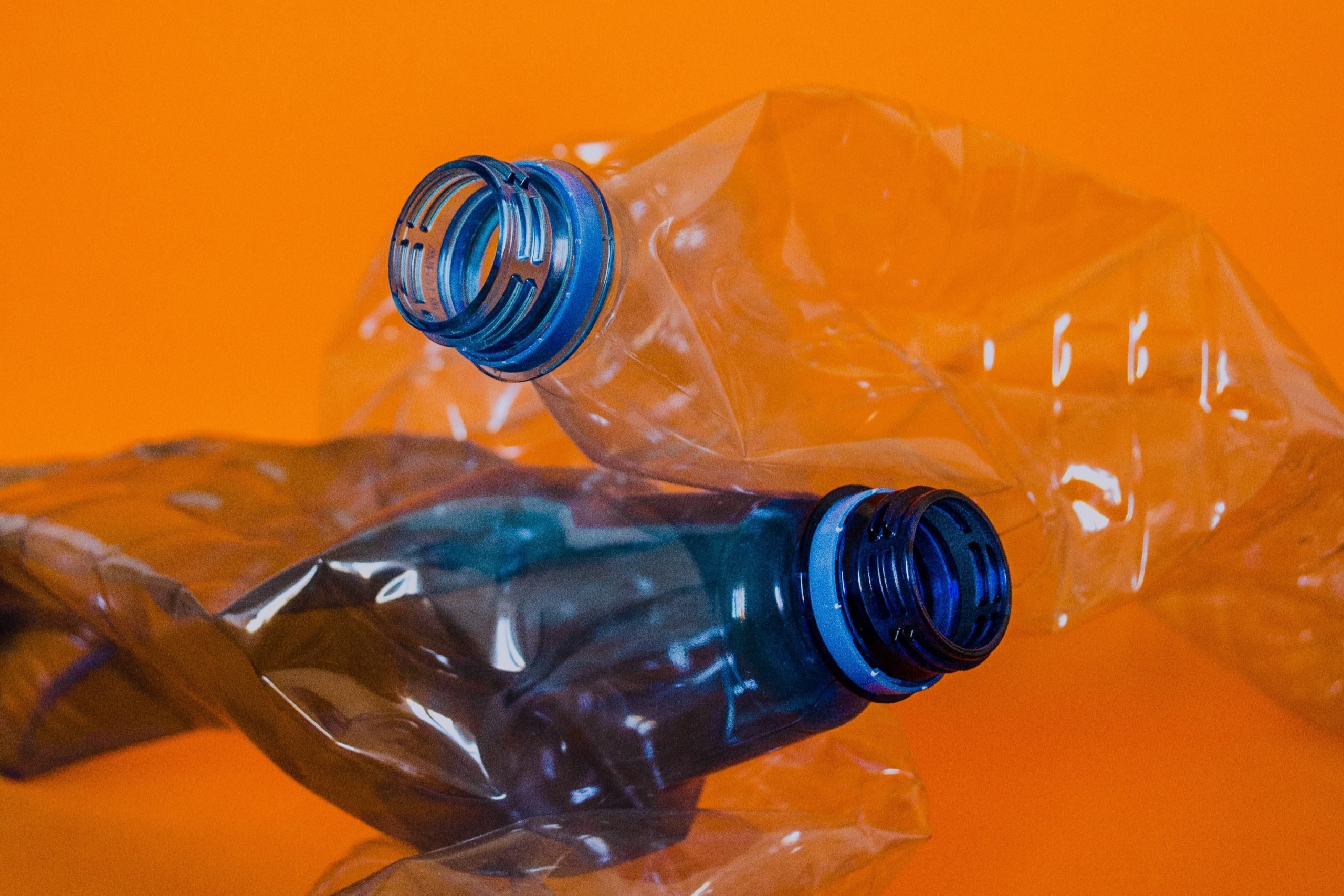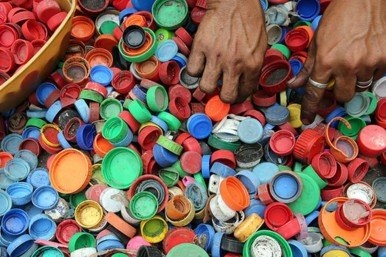UNIT 2

Questions, statements
- What do we use when we have not plastic things?
- Why is plastic so popular? Where do you use products made of plastic?
- Could you do without these things?
Task, activity
Plastic pollution
Can’t imagine a morning without a cup of coffee grabbed at a gas station on the way to work or university? Are you planning a meeting of friends or going out to nature and buying disposable tableware? It is worth considering that nature pays for the short time you spend with yourself and your friends. Undoubtedly, disposable tableware is very convenient in today’s fast-paced and evolving world. We all want to enjoy a clean environment, healthy food, a unique landscape and the opportunity to preserve and leave our children. Everyone’s awareness and personal decisions have a major impact on the environment. People are becoming more and more aware and in 10 years the unnecessary use of plastic in packaging has already begun to be noticed.
These single-use plastic products are everywhere. For many of us, they have become an integral part of our daily lives.
- Polyethylene terephthalate (PET): water bottles, dispensing containers, biscuit trays.
- High-density polyethylene (HDPE): shampoo bottles, milk bottles, freezer bags, ice cream containers.
- Low-density polyethylene (LDPE): bags, trays, containers, food packaging film.
- Polypropylene (PP): potato chip bags, microwave dishes, ice cream tubs, bottle caps, single-use face masks.
- Polystyrene (PS): cutlery, plates, cups.
- Expanded polystyrene (EPS): protective packaging, hot drink cups.
Around the world, one million plastic bottles are purchased every minute, while up to five trillion plastic bags are used worldwide every year. In total, half of all plastic produced is designed for single-use purposes – used just once and then thrown away.
Plastics including microplastics are now ubiquitous in our natural environment. They are becoming part of the Earth’s fossil record and a marker of the Anthropocene, our current geological era. They have even given their name to a new marine microbial habitat called the “plastisphere”.
So how did we get here?
From the 1950s to the 1970s, only a small amount of plastic was produced, and as a result, plastic waste was relatively manageable. However, between the 1970s and the 1990s, plastic waste generation more than tripled, reflecting a similar rise in plastic production. In the early 2000s, the amount of plastic waste we generated rose more in a single decade than it had in the previous 40 years. Today, we produce about 400 million tons of plastic waste every year. Approximately 36 per cent of all plastics produced are used in packaging, including single-use plastic products for food and beverage containers, approximately 85 percent of which ends up in landfills or as unregulated waste. Despite current efforts, it is estimated that 75 to 199 million tons of plastic are currently found in our oceans.
Read the text and check facts!

